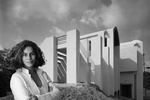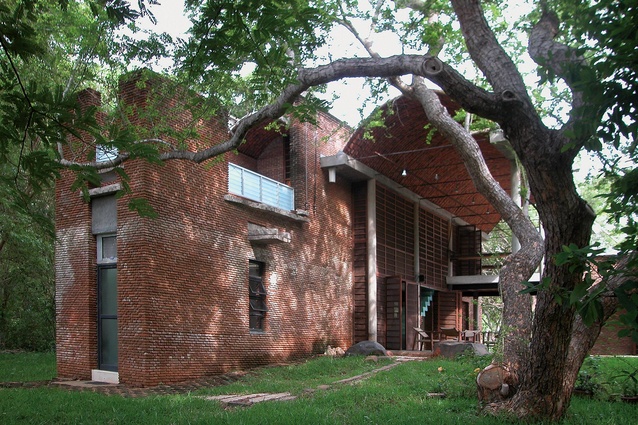Anupama Kundoo Lecture - Tuesday 23rd October
Brisbane-based architect Anupama Kundoo is the keynote international speaker for this year’s Architecture Week. She comes to Auckland fresh from completing work on her acclaimed installation – an ambitious one-to-one reconstruction of one of her Indian houses – at the current Venice Biennale. The New York Times, in a review highly critical of much of the work exhibited at the Biennale, praised her installation as “one of the gems in the rubble”.
Kundoo will speak at a public lecture at 6.30pm on Tuesday 23 October.
Engineering Theatre 439, The University of Auckland.
Tickets will be available at the door.

Following architectural studies in Mumbai, Dr. Kundoo established an internationally recognised and award-winning architecture and urban design practice that has demonstrated a strong focus on material experimentation and sustainability. Apart from her experience in India, she has worked in Berlin, Barcelona, and London. Her projects and writings have been widely published, including in The Phaidon World Atlas of Contemporary Architecture, Architectural Design, Architecture Australia, and Bauwelt, and she has edited an internationally distributed sustainable building design manual. Kundoo has taught at numerous architecture schools, including the Architectural Association, TU Berlin, Cornell, the University of Melbourne, Parsons New School of Design in New York, and currently at the University of Queensland.
Her work makes inventive use of techniques developed from indigenous Indian construction methods, enabling exciting buildings to be rapidly constructed with local skills, easily accessible materials, a minimum of cement and steel, and without the need for heavy machinery. Her techniques include the use of materials recycled from other sectors of the building industry and a system of simple terracotta tubes that interlock to create catenary vaults that require no structural steel or shuttering. Kundoo has also produced a series of fired mud houses, a unique technique in which brick houses are constructed not of factory-made brick but by building large mud structures and firing them in-situ. The space within the house also acts as a kiln, producing the houses’ ceramic finishing products, including tiles, pipes, washbasins and toilet fittings.










